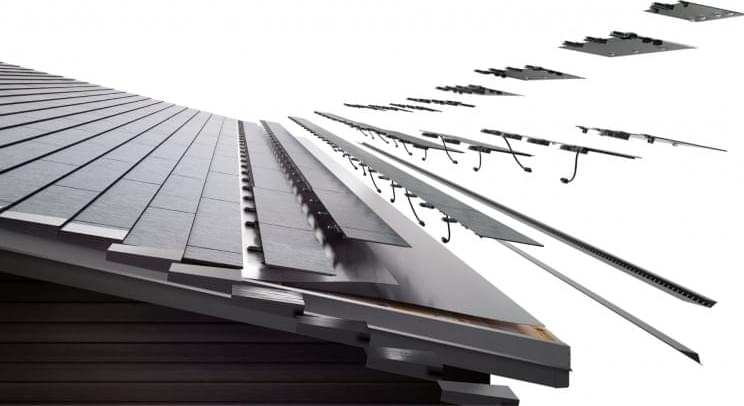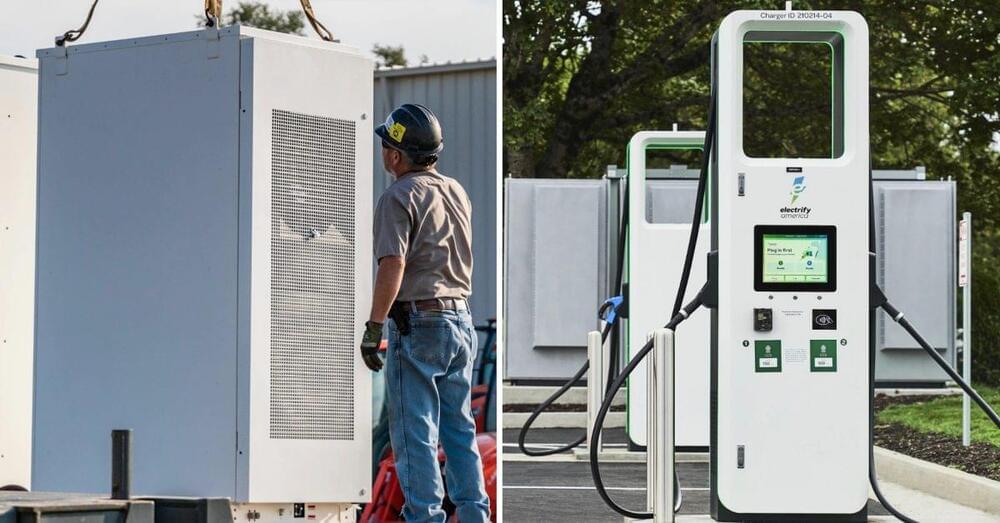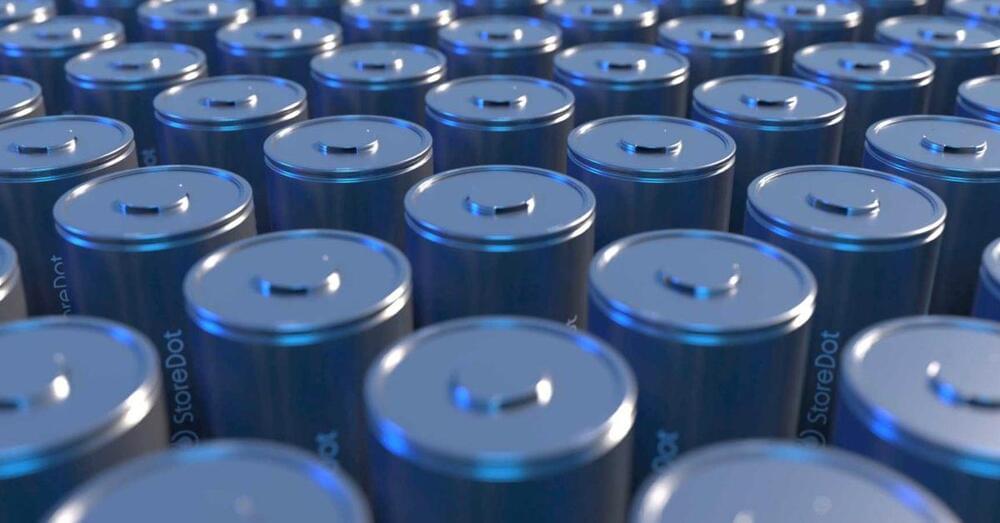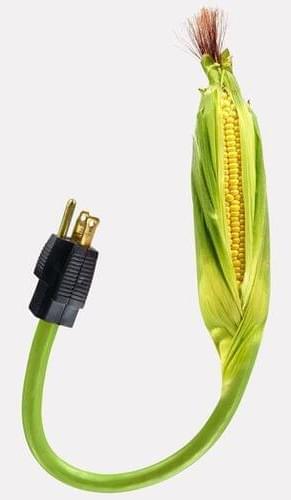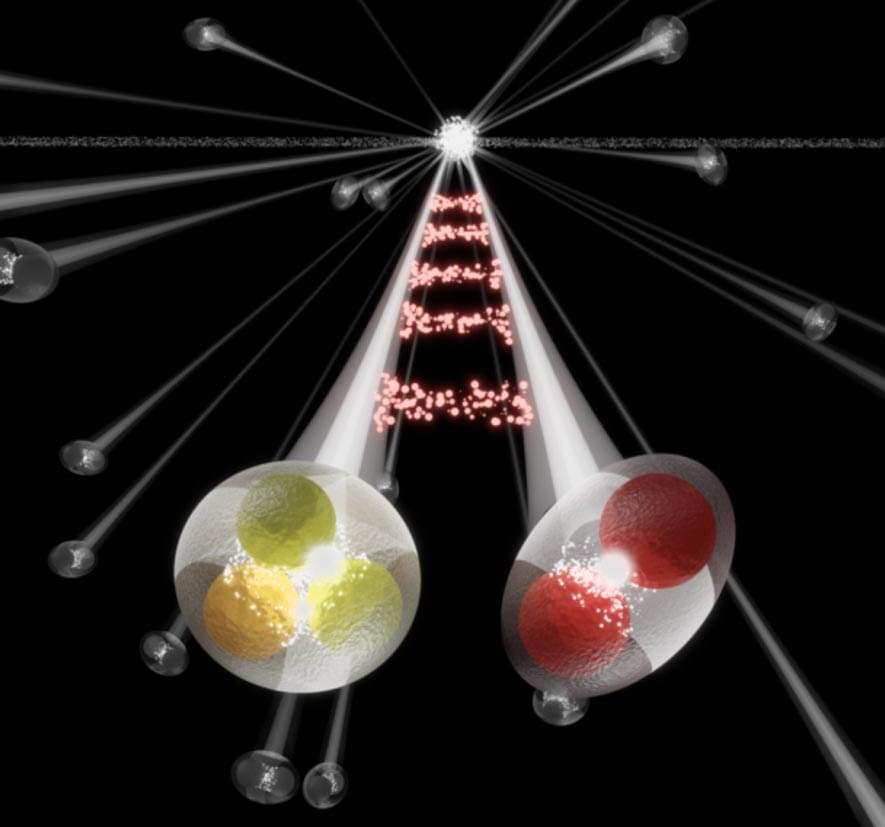In yet another bid to push forward its solar business, electric vehicle maker Tesla has launched a new solar roof tile that has a higher power output while retaining the dimensions of the old one.
Tesla entered the clean energy business when it acquired SolarCity for $2.6 billion in 2016. It makes switching to solar energy sleeker by replacing regular roof tiles with energy-generating solar roof tiles, instead of having to install bulky solar panels. Tesla offers a 25-year warranty on the tiles and takes end-to-end responsibility for installing the new solar roof.
However, the company has so far struggled to make its product mainstream due to fluctuations in pricing, Electrek reported. With variations across house designs, Tesla has found it difficult to create a streamlined product and even introduced a roof-complexity factor, earlier this year to determine cost estimates.
